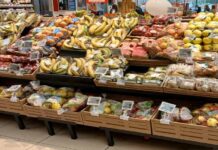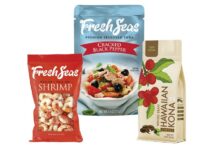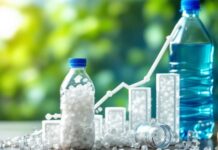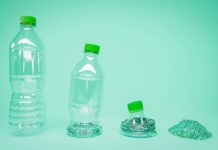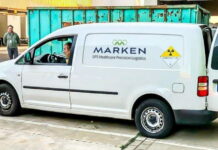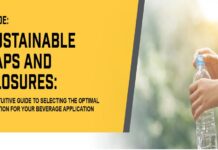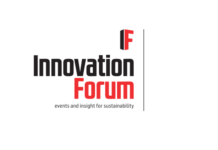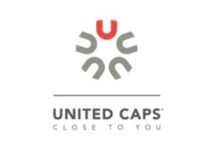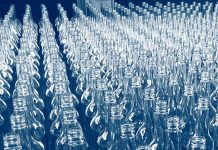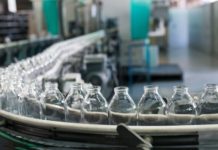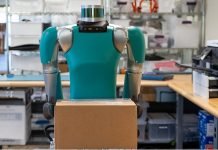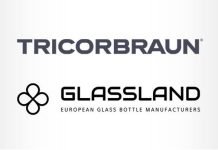Overcoming Obstacles in Polypropylene Recycling: Towards Ecological Packaging
Second most often used plastic worldwide is polypropylene (PP). Its recycling rates, meanwhile, fall much below those of other polymers including polyethylene terephthalate (PET) and high-density polyethylene (HDPE). For example, there is a 3.5 times greater rate of recycling for PET bottles in the US than for PP containers. The main reason for this disparity is variations in household collecting rates.
Many consumer products businesses have set Environmental, Social, and Governance (ESG) targets requiring at least 25% recycled content in their packaging by 2025 or 2030. Usually overshadowing the difficulties and possibilities of recycled polypropylene (rPP), this concentration has mostly been on recycled PET (rPET). Recent market research, however, shows a bright future for PP recycling and providing consumer packaged goods (CPG) businesses with workable solutions to satisfy their environmental goals.
Problems in Recycling Polypropylene
Many elements influence the poor PP recycling rates:
- PP products are sometimes not gathered individually, which results in contamination of other plastics. This pollution compromises recycled PP’s quality and complicates the sorting process.
- Recycling loses appeal economically since the cost of gathering, sorting, and processing PP might be more than that of virgin PP.
- Technical Limitations: PP presents difficulties in the recycling process since it melts at a greater temperature and has a lower density than other usually recovered polymers.
Ideas and fixes
Several techniques and ideas are being used to surmount these obstacles:
- Near-infrared (NIR) spectroscopy and other advanced sorting technologies help to separate PP from mixed plastic waste streams, therefore improving the quality of recycled products.
- Emerging chemical recycling techniques break down PP into its monomers, therefore enabling the manufacturing of premium recovered PP fit for many uses, including food-grade packaging.
- Manufacturers are progressively employing design ideas that help recycling, including single-material packaging and avoiding additives that impede the recycling process.
The Road Ahead
Higher PP recycling rates call a coordinated effort across the value chain:
- Policy and Regulation: Extended producer responsibility (EPR) programs and recycled content requirements let governments encourage recycling and the usage of recycled materials.
- Teaching customers correct recycling and disposal techniques will help to lower contamination and increase collecting rates.
- Improving recycling infrastructure is absolutely essential if we are to properly manage PP. To suit a wider spectrum of PP products, this entails modernising sorting facilities and growing collecting initiatives.
Through tackling these issues and using creative ideas, the sector can greatly raise PP recycling rates, supporting a more circular economy and sustainability.







